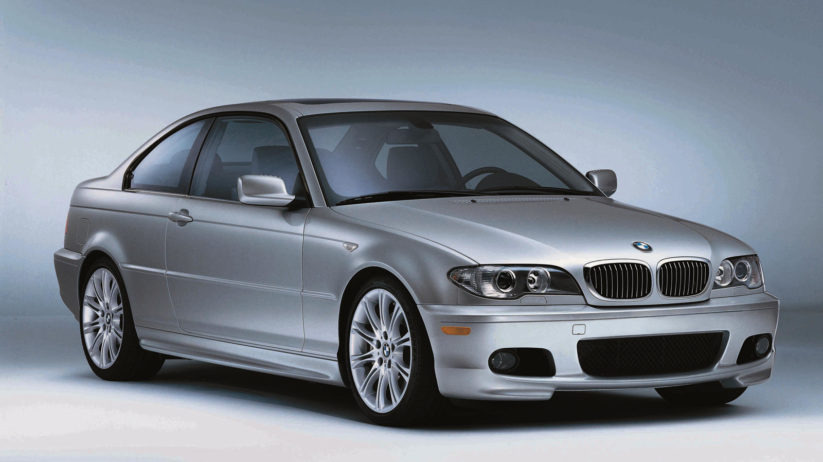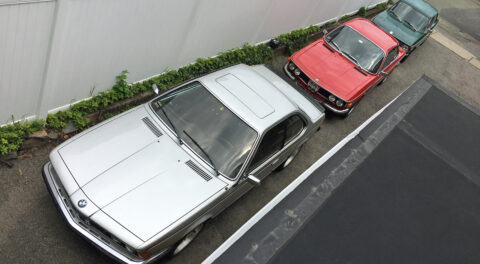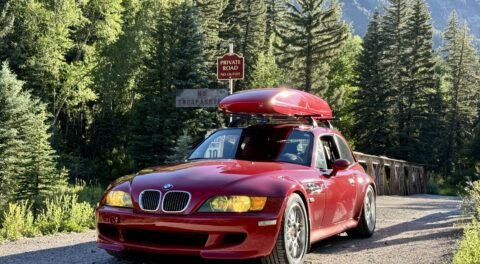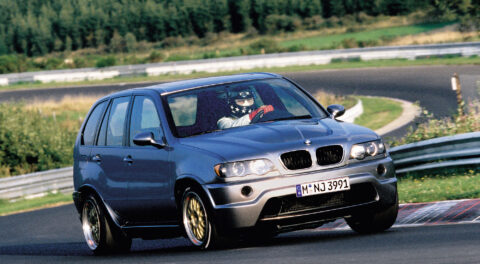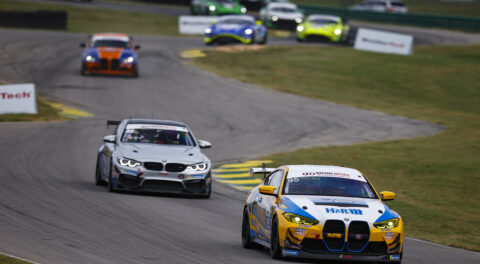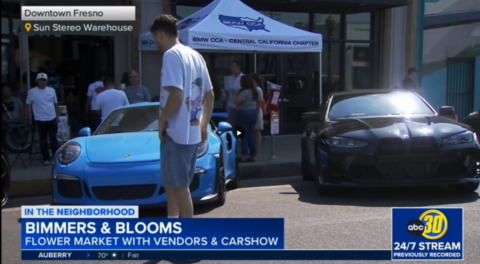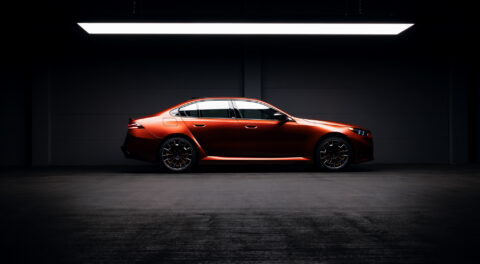I’m a little biased when it comes to writing about the E46 ZHP—my current BMW is a ZHP, and it is the first of many bimmers that I plan on having in my fleet. The driving experience it delivers never ceases to amaze me, which is why I’m hesitant to get on board with the new era of BMW—an era that is entirely built off of forced-induction. If you recall from my previous article Picking The Right 2 Series, I have been thinking about adding a new BMW to the stable for some time now, prompting me to do a rather embarrassing amount of online research. The 2 Series was the first BMW model lineup that I even considered, mainly due to its E46-like proportions and performance figures. The more research I did, however, the more I realized that the 2 Series may not just bear a resemblance to the E46 ZHP, it might be the modern-day E46 ZHP.

BMW 3 Series, fourth generation 1998–2005.
The E46 3 Series has and continues to be an enthusiast’s car. Initially available as an affordable, entry-level sport sedan or coupe, it had all of the right ingredients—a naturally-aspirated inline-six, rear-wheel drive, and a standard manual transmission. If you didn’t want to dole out the extra cash for an E46 M3, the 330i sedan and 330ci coupe were viable alternatives ready for every day use. The 330i sedan, when equipped with the sport package and revved to its 6500 rpm redline, was the proud commander of a healthy 225 horsepower, and its 221 pound-feet of torque made it no slouch in the zero-to-60 test, hitting the performance threshold in a respectable 6.4 seconds.

It’s 2003. Enter the ZHP—a specialized M Performance E46 3 Series born out of BMW Individual. The performance package, referred to on build sheets as, “ZHP” was available from 2003 to 2006 as a $3,900 makeover that was exclusive U.S. market E46 330i coupes, sedans, and convertibles. The package included a plethora of interior and exterior design modifications, along with a handful of prominent mechanical and drivetrain upgrades that aligned it with BMW’s goal at the time of making it a potent daily-driver and weekend track warrior. The sleek exterior design made it look like a baby M3, and E46 ZHP owners will be the first to tell you that the refined aesthetic of the ZHP can be attributed to the M Tech II aerodynamic bodykit.
Featuring a different front bumper, rear bumper, side skirts, and the addition of a special rear decklid spoiler, the ZHP’s exterior is something that I never get tired of looking at. If you’re detail-oriented like I am, you’ll notice that the side markers above the front fenders are clear, a euro-spec that BMW integrated into the ZHP package, replacing the traditional amber lenses. New eighteen-inch style 135 double-spoke wheels adorned the ZHP too, and although they are heavy and a pain to clean (trust me), they’re a welcome addition to the exterior remodel of the ZHP.
The interior has a long list of key identifiers that remind drivers they’re not sitting in a base-model Three. Upholstery was limited to a special Alcantara or optional perforated leather, and orange needles and chrome bezels replaced the traditional appointments in the gauge cluster. Along with its signature, ZHP-specific exhaust rumble and the multiple M-badges adorning the car inside (and outin a few places) and you’ll find it’s relatively easy to spot one of these sought-after E46s.
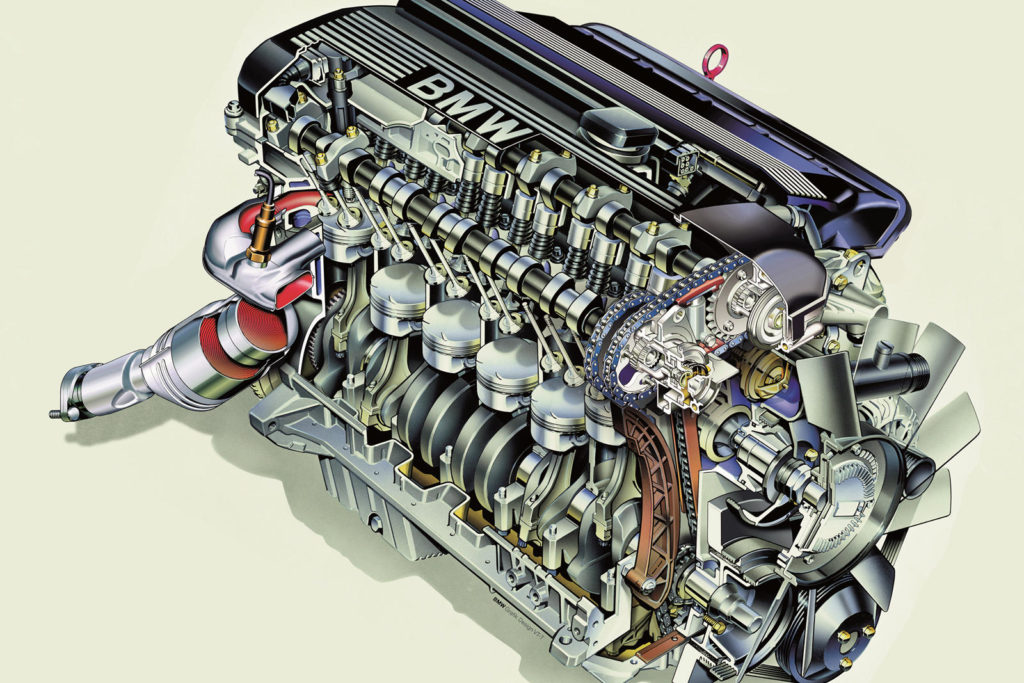
The M54B30 DOHC six-cylinder, used in the 330i and various other contemporary models.
Perhaps the biggest draw to the ZHP, however, came as a result of BMW’s decision to give the 330i a mild mechanical overhaul. The M54 gained an additional 10 horsepower, a bit more torque, and redline 300 rpm higher thanks to a new DME, special camshafts, and a new engine and powertrain tuning map. BMW dropped the car lower with firmer springs, different control arms, stiffer dampers, and a subtle -0.5 degrees of camber all around. A beefier tire setup meant 225-section rubber in the front and 255 in the rear, a staggered setup that when coupled with the improved suspension, made for quite a noticeable difference in handling. Manual transmission-equipped models (the five-speed Steptronic was optional) came with a nice 3.07:1 final-drive ratio, a noteworthy improvement over the base conventional manual 330i’s 2.93:1. All of these improvements were good for a 0-60 time estimated around 5.8–5.9 seconds, making the ZHP noticeably quicker than the regular 330i.
While I could spend hours discussing the nuances of the ZHP package, I won’t. The internet has been talking about this M-Performance E46 for quite awhile, with numerous publications documenting full spec lists and performance figures. Many low mileage examples have appeared on Bring a Trailer over the years, and online forums like the ZHPMafia have become home to hundreds if not thousands of ZHP owners over the years. The ZHP community has developed a cult-like (we’re very passionate about our ZHPs) following whose members have collectively researched and shared their findings, like estimated production numbers, which were never officially released by BMW.
So, the ZHP, to me at least, is a very special BMW (as evidenced by my rather lengthy introduction) but can I find that same behind-the-wheel joy in a new 2 Series?
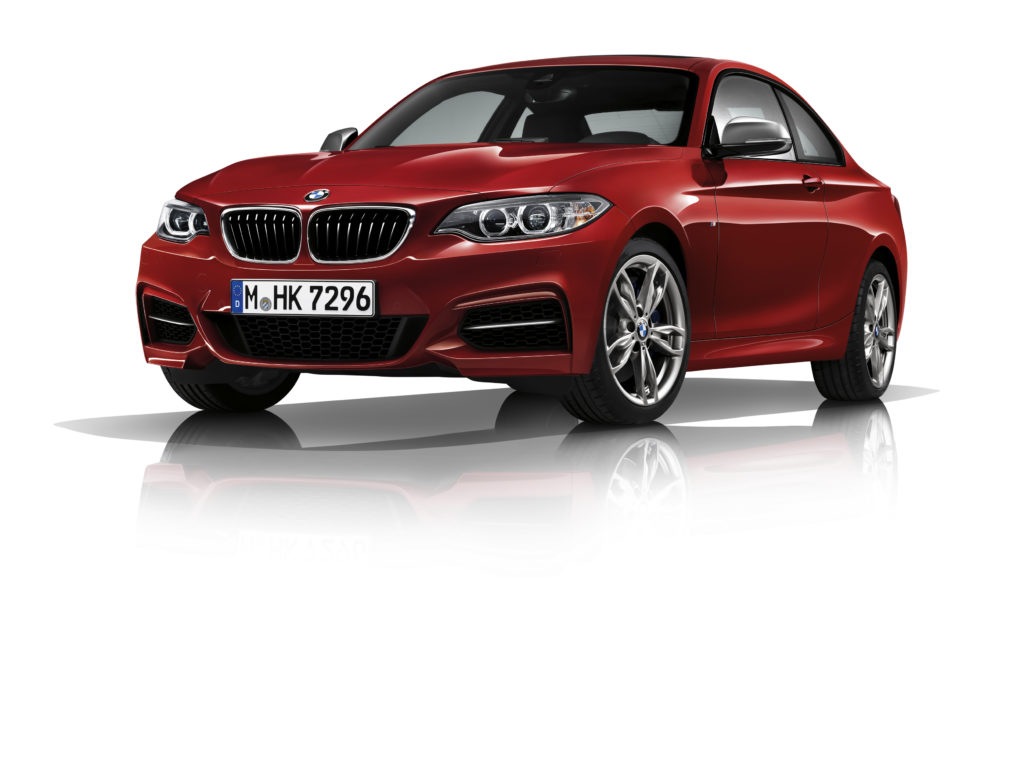
The 228i and 230i, in coupe form, offer similar performance figures to the late E46 Performance Package—despite their increased horsepower and torque numbers over the E46 ZHP, they’re also heavier by a few hundred pounds, making their power-to-weight ratio suspiciously similar to the ZHP. The 230i, which replaced the 240-horsepower 228i for the 2017 model year, comes equipped with a B48 four-cylinder, a turbocharged engine that generates 248 horsepower and a proportional 258 pound-feet of torque. Just like the E46 ZHP, the 2er comes standard with three pedals, or if you’d prefer, ZF’s awesome eight-speed automatic. The manual 230i coupe can hit 60 mph in 5.8 seconds, which is the exact same number that the E46 ZHP also saw for its manual model, an interesting juxtaposition of BMW technology of both past and present. Unlike the ZHP, however, the 230i does not come standard with a full range of performance features. If you’re looking for some of that flavor, you’ll have to go for the optional (and somewhat rare) Track Handling Package, which adds bigger brakes, Michelin summer tires, and a few other upgrades, and also consider seeking out an M Sport line model as well, which has specific wheels and improved aero among other changes.

The M235i, which was replaced by the M240i in the summer of 2016, benefited from the iconic N55 turbo six and 322 horsepower worth of output. When it was replaced in 2016 by the M240i, there was a new engine, the B58, which increased output to a respectable 335 horsepower and 369 pound-feet of torque. Although the M235i and M240i are significantly quicker than the E46 ZHP due to modern technology, they do share some similarities. For starters, they look different than their base-model 228i and 230i brothers. Like the ZHP, the M235i and M240i came standard with M aero and larger, sportier wheels. The suspension on the M Performance models is also similar to the ZHP’s, with an aggressive adaptive suspension setup coming standard and an optional electronic setup (Adaptive M) for those who want a bit more control over the ride, depending on conditions.
The E46 ZHP has and will continue to hold a special place in my heart. While I believe its essence can never be replicated perfectly, I know that I will continue to expand my fleet of Bimmers with confidence. BMW has shown that pieces of the ZHP live on within the 2 Series lineup, and with the 2016 release of the 435i ZHP, I am thrilled that BMW has and continues to keep the enthusiast mindset at the forefront of their engineering—something I hope will always live on.—Malia Murphy
[Photos courtesy BMW AG.]

